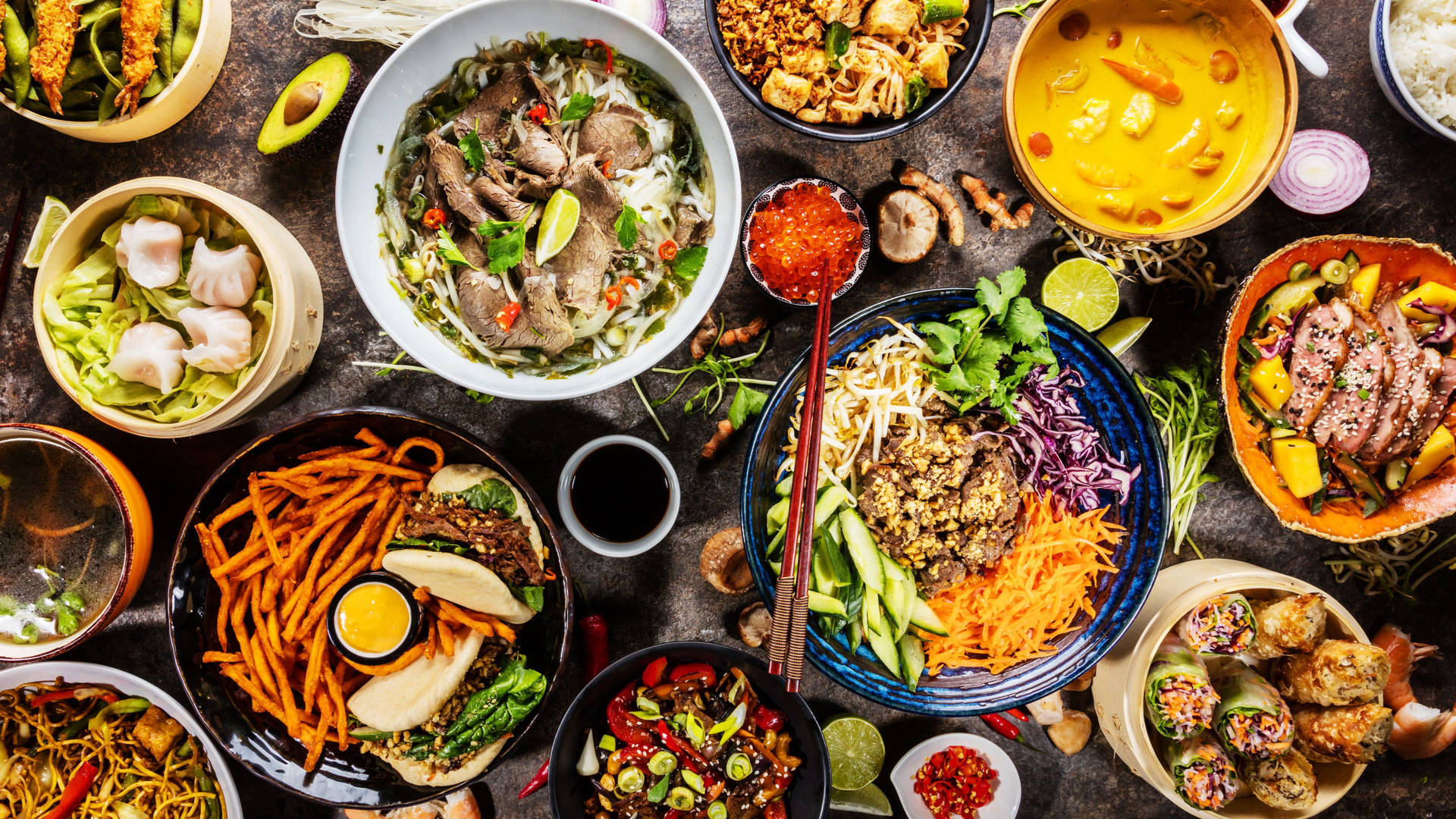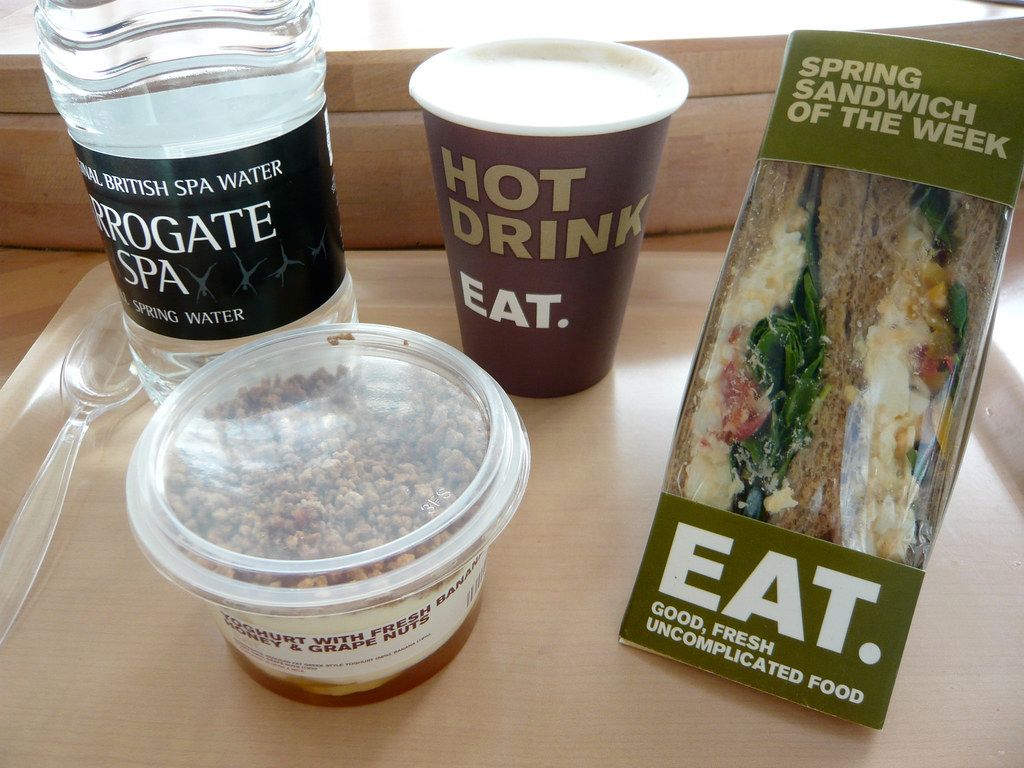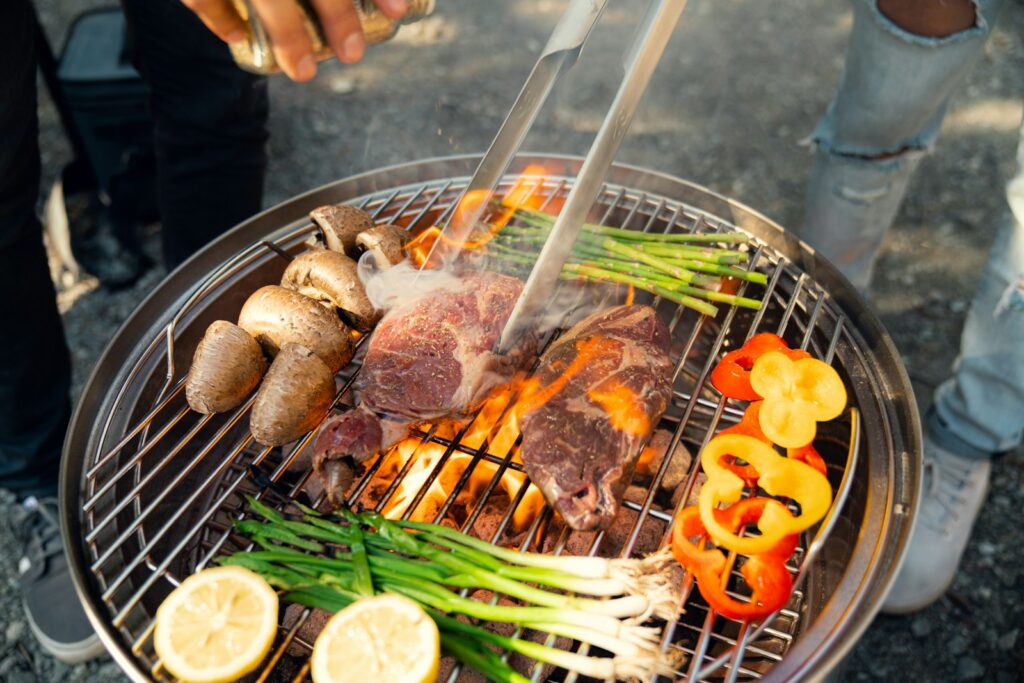
Grilling. The word itself conjures images of lazy summer evenings, the intoxicating aroma of sizzling meat, and the convivial atmosphere of outdoor gatherings. It’s a primal act, connecting us to ancient cooking methods, yet it’s also a sophisticated culinary art, steeped in science and demanding precision. Far from being a mere casual pastime, grilling is a fundamental cooking technique, offering a unique blend of flavor, texture, and efficiency that transforms simple ingredients into unforgettable meals.
For many, the grill can appear as a daunting beast, its fiery maw promising deliciousness but threatening culinary mishaps. The good news, however, is that this perception is often unwarranted. While it might seem intimidating at first, mastering the grill is surprisingly accessible. The journey to grilling perfection begins not with complex marinades or exotic rubs, but with a foundational understanding of the “why” behind the sizzle – the science of heat transfer and the precise techniques that unlock extraordinary flavor.
At its core, grilling is a form of cooking that involves heat applied directly to the surface of food, commonly from above, below, or from the side. This process primarily relies on direct, radiant heat. Think of it as energy waves emanating from the heat source, directly impacting the food. Whether you’re using a traditional open wire grid, often called a gridiron, with a heat source below, or a grill pan with raised ridges that mimic those wires, the principle remains consistent. In North America, when the heat source originates from above, this technique is typically referred to as broiling, with the food pan known as a broiler pan. In both scenarios, the efficiency of heat transfer through thermal radiation is paramount.
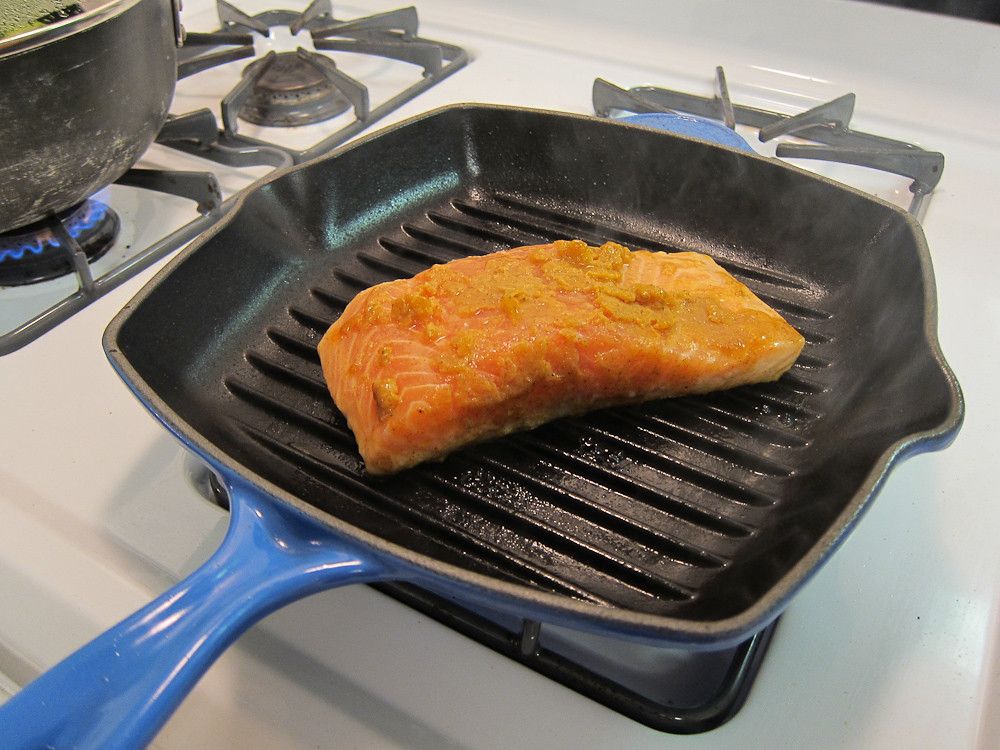
Beyond radiation, another critical mechanism of heat transfer comes into play when utilizing a grill pan or griddle: direct conduction. Here, the heat is physically transmitted from the hot surface of the pan directly into the food where it makes contact. This explains why those distinctive “grill marks” are not just aesthetically pleasing but are also zones of intense heat transfer and flavor development. Understanding these two primary modes of heat delivery is the first step toward controlling your grill with confidence and achieving consistent results.
The magic that happens on the grill, the development of that distinctive roast aroma and flavor, is largely thanks to a complex chemical process known as the Maillard reaction. This fascinating reaction occurs when amino acids and reducing sugars in food react at temperatures exceeding 155 °C (310 °F). It’s not caramelization, which primarily involves sugars, but a browning reaction that creates hundreds of new flavor compounds, contributing to the rich, savory, and slightly sweet notes we associate with perfectly grilled food. This is why achieving sufficient heat is crucial; without it, the Maillard reaction simply cannot occur, leaving your food bland and uninspired.
Indeed, direct heat grilling often exposes food to temperatures well in excess of 260 °C (500 °F). This intense heat is the catalyst for the Maillard reaction, rapidly searing the exterior of the food, locking in juices, and developing that coveted char. However, this high heat also demands respect and control. It’s a powerful tool, and like any powerful tool, it requires a clear understanding of its capabilities and limitations to harness its full potential without burning or drying out your culinary creations.
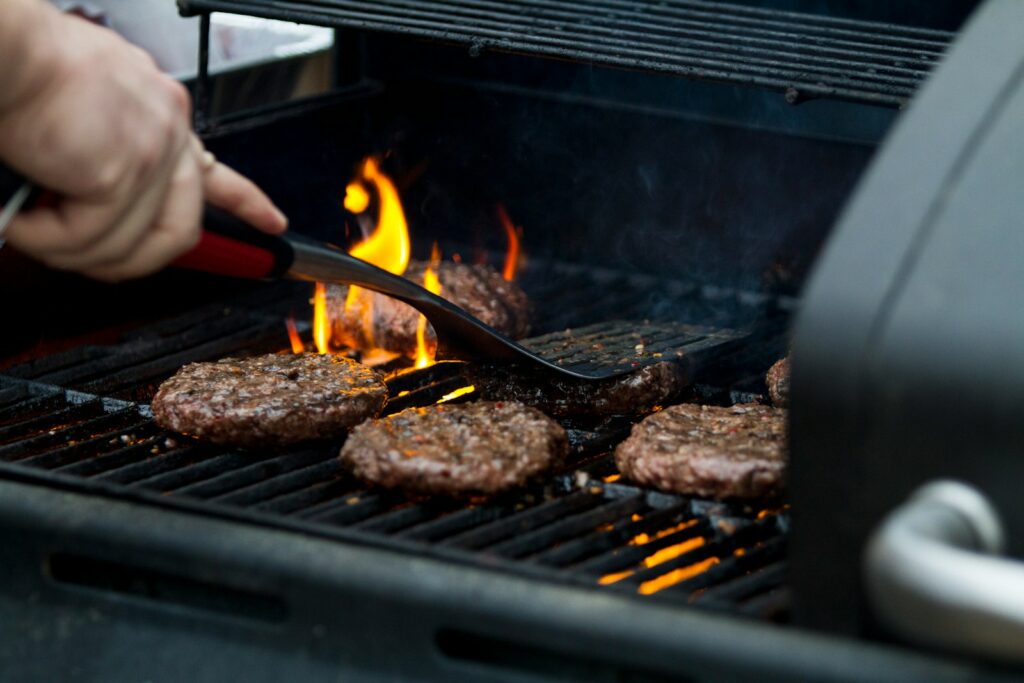
One of the most fundamental techniques for successful grilling, often overlooked by beginners, is the strategic setup of two different heat zones. This simple yet profound concept allows for unparalleled versatility and control. A two-zone fire means having one area of your grill that is intensely hot for searing and another, cooler zone for finishing food gently or cooking thicker items through without burning the exterior. This technique, once mastered, allows you to sear a steak to develop that beautiful crust and then move it to the cooler zone to cook to your desired doneness, preventing a raw interior or a burnt exterior.
Before even lighting the flame, the importance of a clean grill cannot be overstated. A deep clean and proper setup are essential foundations for a season of successful outdoor cooking. Accumulated grease and food debris not only pose a fire risk but also create uneven cooking surfaces and impart off-flavors. A well-maintained grill ensures efficient heat transfer, preventing sticking and allowing for those coveted picture-perfect grill marks. It’s a small investment of time that pays dividends in every bite.
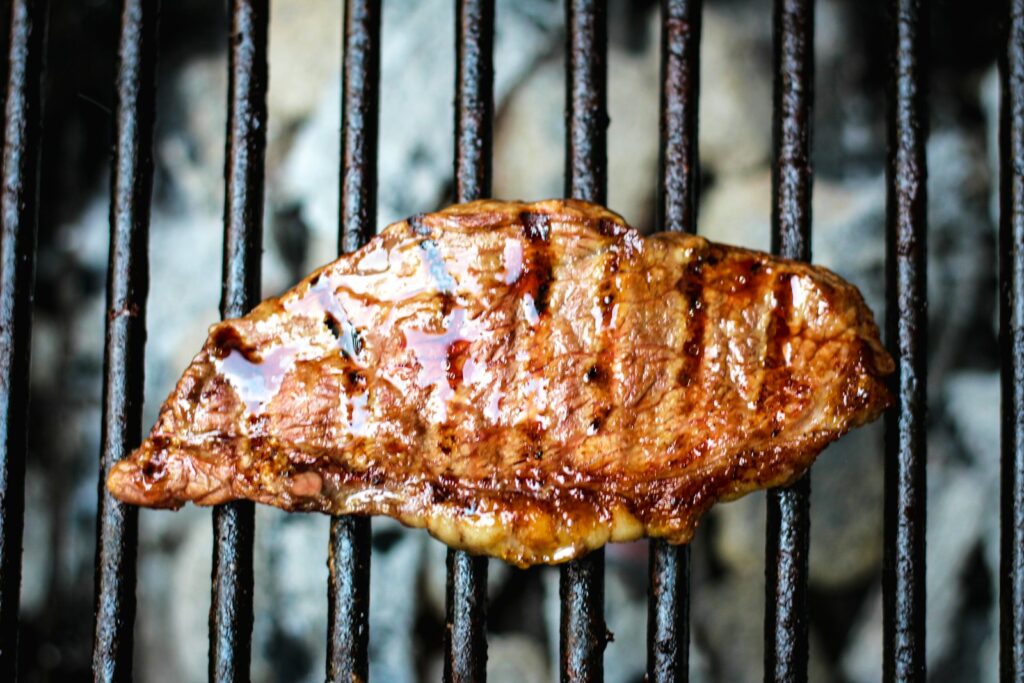
Despite its versatility, not all foods are universally suitable for grilling. This fast-cooking technique, characterized by high, direct heat, is an inappropriate treatment for large, tough cuts of meat. Such cuts require slow, moist heat to break down connective tissues and tenderize effectively. Applying rapid, intense grilling to them would simply result in a tough, chewy, and unpleasant product. Grilling shines with thinner cuts, tender meats, and vegetables that benefit from quick searing and charring.
When preparing food for the grill, particularly on a wire rack, it’s worth noting the practical advantage this setup offers. The open grid design allows fat, excess oils, or juices to drain away from the food. This not only contributes to a healthier end product by reducing grease but also minimizes flare-ups, which can lead to burnt exteriors and unwanted bitter flavors. This design is integral to achieving the distinct characteristics of grilled food.
As with any high-temperature cooking method, it’s important to address the potential health implications of grilling. Studies have shown that cooking beef, pork, poultry, and fish at high temperatures can lead to the formation of certain compounds that are considered carcinogens. Specifically, Heterocyclic Amines (HCAs) are formed when amino acids, sugars, and creatine in meat react at high temperatures. Polycyclic Aromatic Hydrocarbons (PAHs) are another concern, forming when fat and juices drip from the meat onto the open flame, causing smoke and flames, which then adhere to the surface of the food.
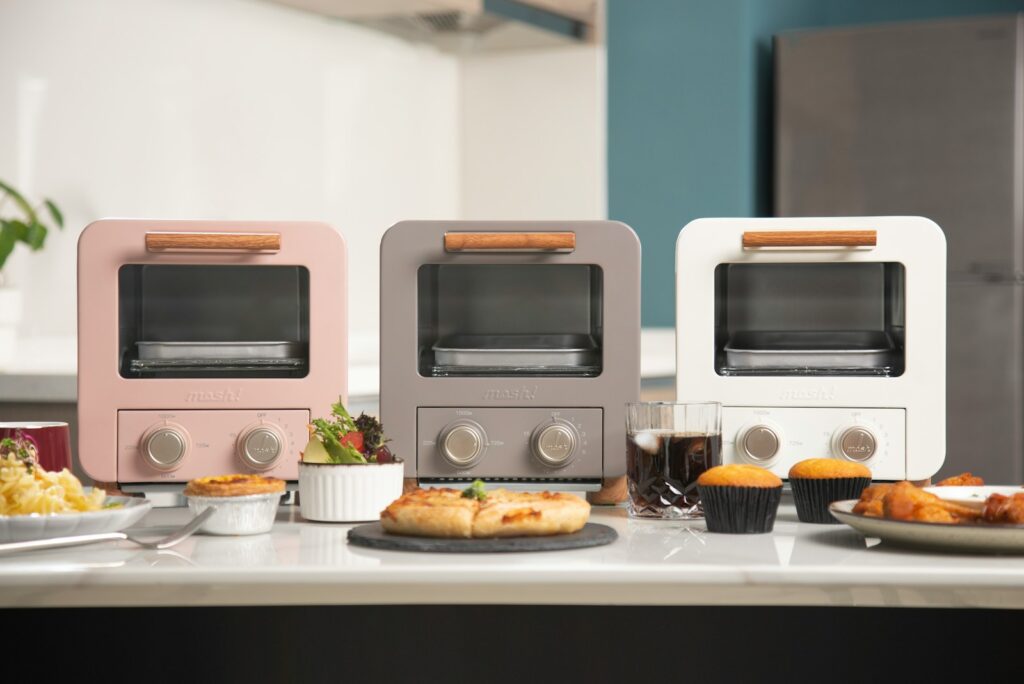
While these findings might sound alarming, it’s crucial to understand that there are practical and effective strategies to mitigate these risks. Avoiding prolonged cooking times over direct flames and hot metal surfaces is a key step in reducing the formation of both HCAs and PAHs. Precooking meat, perhaps in a microwave, can significantly reduce the amount of time it needs to spend on the high heat of the grill, thereby lessening the exposure to conditions that promote carcinogen formation. This simple pre-treatment allows you to achieve the desired doneness with less time directly over the fire.
Furthermore, marination offers a flavorful and scientifically backed approach to reducing the formation of these compounds. While the exact mechanisms are still being researched, it’s believed that the acids, antioxidants, and other components in marinades can create a protective barrier or interfere with the chemical reactions that lead to HCA and PAH formation. So, next time you marinate your chicken or pork chops, you’re not just adding flavor; you’re also contributing to a safer cooking process.
It’s also worth clarifying the common perception that grilling is always the “healthier” alternative to cooking with oils. While it’s true that grilling can reduce the fat content of food as excess fats drip away, this reduction can also lead to a drier product if not managed carefully. The balance lies in technique and understanding the inherent trade-offs. The goal isn’t just to remove fat, but to cook delicious food safely and effectively.
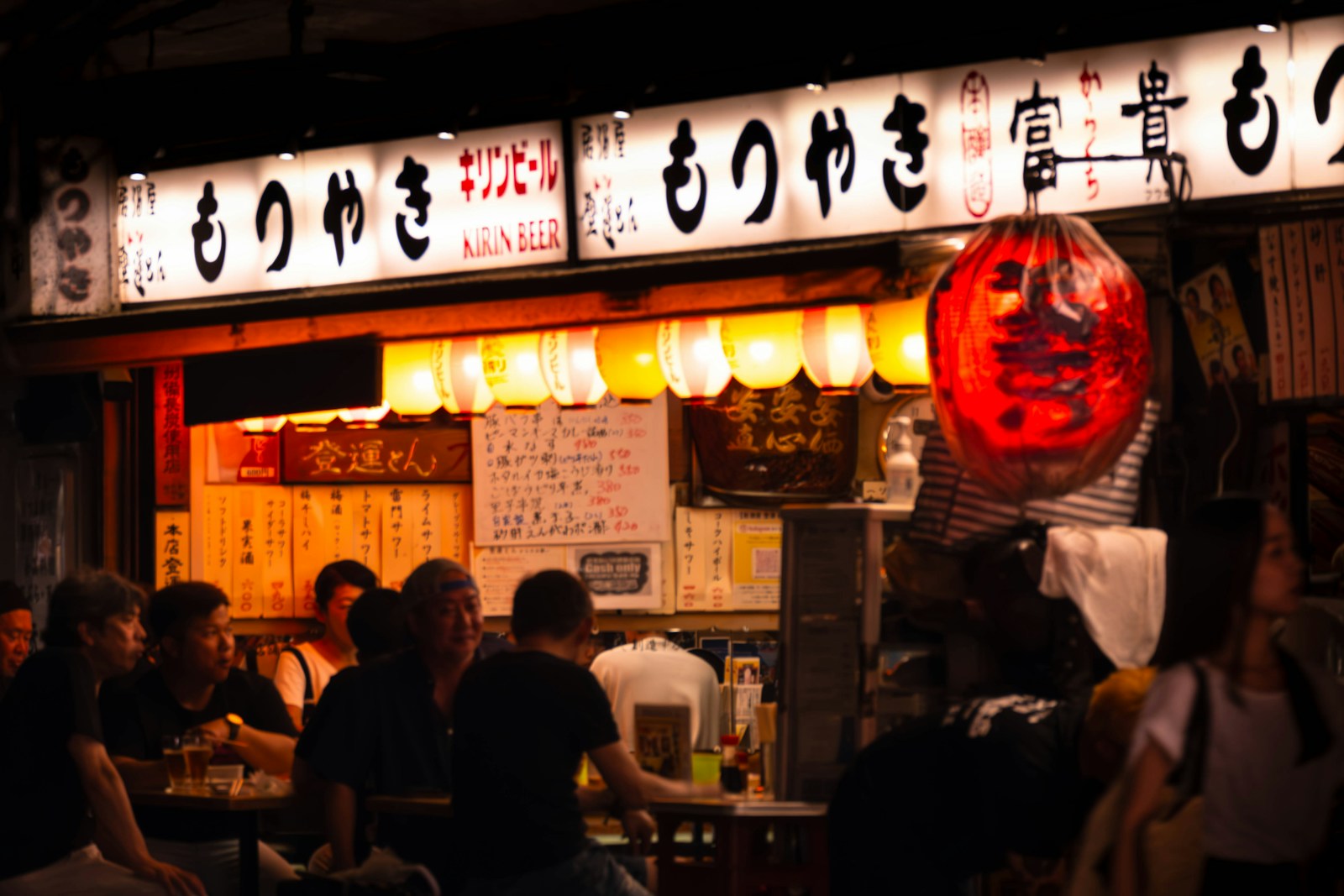
The art and science of grilling transcend geographical boundaries, manifesting in diverse and fascinating regional variations across the globe. Each culture has adapted the fundamental principles of grilling to its local ingredients, culinary traditions, and available fuel sources, resulting in a rich tapestry of grilled delights. These variations offer a glimpse into the universal appeal of cooking over an open flame, while also showcasing unique regional interpretations.
In Japan, for instance, the scene is vibrant with yakitori carts, restaurants, and shops, especially in bustling cities. These establishments feature charcoal-fired grills where marinated grilled meat on a stick is a staple. Similarly, yakiniku offers a distinct experience where meat and vegetables are grilled directly over small charcoal or gas grills at high temperatures. This communal style of cooking, where diners often cook their own food, has surged in popularity across Asia, celebrating the intense flavors developed at high heat.
Korean cuisine boasts gui, a broad category encompassing various grilled dishes that are central to Korean barbecue. Iconic examples include bulgogi, thinly sliced or shredded beef, exquisitely marinated in a blend of soy sauce, sesame oil, garlic, sugar, green onions, and black pepper, then grilled to perfection. Galbi, featuring tender pork or beef ribs, and dak-galbi, spicy marinated chicken, are other beloved staples. Samgyeopsal, or pork belly, is also widely grilled. Beyond these, the adventurous palate can explore gopchang-gui (small intestines), tteok-galbi (grilled short rib patties), and makchang-gui (beef abomasum), each offering a unique textural and flavor experience born from the grill.
Moving to the Philippines, the streets and specialist restaurants are alive with the aroma of inihaw, a grilled pork or chicken dish with a taste profile akin to Japanese yakitori. Inasal, isaw, and satti further showcase the country’s rich grilling heritage, often served as accessible and flavorful street food. These dishes highlight the use of local marinades and the distinct char that comes from grilling over open flames, creating robust and satisfying flavors.
Across Malaysia, Singapore, Indonesia, and Thailand, a common thread emerges in the form of satay. This immensely popular food item, readily available from street vendors, consists of marinated meat threaded onto bamboo skewers and grilled over a charcoal fire. The true hallmark of satay, however, is its accompaniment: a rich, flavorful peanut sauce, providing a creamy, savory counterpoint to the smoky grilled meat. It’s a testament to how simple ingredients, combined with expert grilling and a complementary sauce, can create culinary icons.

In Europe, grilling also takes on distinctive forms. In Germany, the most prominent outdoor grilling method involves using a gridiron over a bed of burning charcoal. Here, precision is key: care is taken to ensure the charcoal doesn’t produce flames, often with beer sprinkled over sausages or meat to suppress any errant flare-ups. The meat is typically marinated beforehand, infusing it with flavor before it even hits the heat. While charcoal reigns supreme, gas and electric heat sources are also utilized, though less frequently, demonstrating a preference for traditional char-grilled flavors.
Swedish grilling traditions similarly emphasize grilling directly over hot coals. Common choices for grilling include Boston butt, pork chops, or pork fillet, all benefiting from the direct heat. A popular method, “grillspett,” involves cooking meat and vegetables together on a skewer, showcasing the versatility of grilling for complete meals. This direct approach to heat application results in deep flavor and a desirable crust.
The United Kingdom and Ireland present a unique linguistic distinction in their grilling terminology. Here, “grilling” generally refers to cooking food directly under a source of direct, dry heat. This is typically achieved using a dedicated “grill” section within an oven, where the food is positioned just beneath a heating element. This practice is precisely what North Americans refer to as “broiling.” Whether in electric or gas ovens, the principle remains the same: intense, radiant heat from above, often requiring the oven door to be partially open to prevent overheating and to allow moisture to escape, ensuring a crisp exterior. Some ovens even have a separate drawer or compartment dedicated to grilling, emphasizing its distinct application.
Across the Americas, grilling also holds immense cultural significance and culinary diversity. In Argentina and Uruguay, the asado, beef roasted on a fire, and steak a la parrilla, beefsteak cooked on a traditional grill, are not just dishes but national specialties, deeply embedded in social gatherings and celebrations. These traditions emphasize slow cooking over embers, allowing the meat to develop profound smoky flavors and tender textures, a testament to the patient art of grilling large cuts.
In Canada, while “barbecuing” is the term most frequently used, “grilling” is also widely understood. Most Canadians favor gas or charcoal grills, with a smaller market for electric options. A notable aspect of Canadian grilling culture is its year-round appeal; while many opt for grilling in warmer months, a significant number brave the cold to fire up their grills even in winter, showcasing a deep-seated love for outdoor cooking regardless of the climate. The ubiquity of restaurants serving barbecue products and stores stocking grilling accessories further underscores its popularity.
Northern Mexico celebrates carne asada, literally “grilled meat,” as a staple food. Popular cuts include arrachera, beefsteak, and rib eye, alongside chorizo and chicken. The choice of fuel is crucial here, with charcoal, mesquite, or firewood imparting distinct smoky nuances to the meat, contributing to the authentic flavor profile that defines this regional specialty. The communal nature of carne asada gatherings further emphasizes the cultural importance of grilling.

In the United States, the term “grill” universally refers to cooking food directly over a source of dry heat, typically resulting in those characteristic “grill marks” from the metal grate. Grilling is predominantly an outdoor activity, performed on charcoal or gas grills, though infrared grilling has emerged as a recent trend, offering even more precise temperature control and searing capabilities. Indoor electric grills and stove-top “grill pans” also cater to those who wish to bring the grilling experience indoors, allowing for convenience without sacrificing the essence of grilled flavor.
The use of skewers, brochettes, or rotisseries is also common for cooking smaller pieces of food. The resulting dish is frequently called a “kabob” (U.S. term) or “kebab,” a word derived from Persian meaning “to grill.” Specifically, “kebab” is a shortened form of “shish kebab” (“shish” meaning skewer), highlighting the method of cooking small pieces of meat or vegetables threaded onto a skewer.
To further enhance the flavor profile, especially in the US, many grilling enthusiasts add damp mesquite or hickory wood chips on top of the coals. This creates a smoldering effect that infuses the food with additional smoky notes. Other hardwoods such as pecan, apple, maple, and oak are also frequently used, each contributing its own unique aromatic qualities to the grilled food, showcasing how the choice of fuel can profoundly influence the final taste.
This comprehensive journey through the fundamental principles and global variations of grilling reveals that it is far more than just putting food over fire. It is a nuanced culinary art, underpinned by scientific principles, enriched by cultural traditions, and adaptable to a multitude of settings. By understanding the science of heat, the significance of the Maillard reaction, the wisdom of two-zone cooking, and the simple yet profound benefits of proper equipment care, you are not just cooking; you are embarking on a delightful and flavorful exploration. The grill, once intimidating, becomes a trusted companion, ready to transform everyday ingredients into extraordinary culinary experiences.
Now that we’ve journeyed through the foundational science and rich global tapestry of grilling, it’s time to dive deeper into the specific methods and techniques that empower us to harness the grill’s incredible potential. Understanding the distinct characteristics of each approach, from classic direct-heat cooking to innovative multi-stage processes, is the key to unlocking new levels of flavor and mastering your outdoor (and indoor) kitchen. This isn’t just about throwing food on fire; it’s about making informed choices that yield perfectly cooked results, every single time.

At the heart of what many consider “traditional” grilling lies the technique of **grid ironing**. This fundamental method involves cooking meats or other foods using a grill suspended above a heat source, typically charcoal, wood, or propane gas. The food is exposed to direct radiant heat, resulting in that quintessential grilled flavor and texture. Outdoor grilling on a gridiron is so iconic that it’s often referred to as “barbecue,” though it’s crucial to remember that in US usage, “barbecue” can also refer to the cooking of meat through indirect heat and smoke, a distinct process. However, when we speak of grid ironing, we’re focusing on the direct, fiery kiss of the heat source on the food, often performed outdoors, sometimes with a cover that allows for a smoky, grill-roasted effect. The suspended metal grate itself is aptly termed a gridiron, serving as the interface between intense heat and raw ingredients.

A popular and highly effective iteration of grid ironing is **charcoal kettle-grilling**. This method specifically refers to grilling over a charcoal fire contained within a kettle-style grill, pushing the food to the point where its edges are charred or distinctive grill marks become visibly imprinted. This charring is not merely aesthetic; it’s a testament to the powerful Maillard reaction at play, developing those complex, savory notes we crave. The widespread appeal of charcoal kettle-grilling has even led restaurants to seek to re-create this authentic experience, often employing ceramic lava rocks or infrared heat sources to deliver what they market as “charcoal-cooked” or “charcoal-grilled” meats, striving to replicate the unique flavor profile achieved by direct charcoal heat.
The versatility of the grill extends far beyond simple direct searing, allowing for more nuanced cooking methods that leverage its heat in new ways. One such technique is **grill-baking**. By strategically placing a baking sheet pan above the grill surface and, perhaps, a drip pan below to catch any errant drippings, you can transform your grill into a de facto oven. This setup allows for the combined magic of grilling and roasting, making it ideal for meats that are stuffed or coated with breadcrumbs or batter. It’s even possible to bake breads, casseroles, and desserts right on your grill! The beauty of this method lies in its adaptability: you can bake foods on the sheet pan first to ensure even cooking, and then transfer them directly to the grilling surface for those coveted char marks, effectively creating a two-stage cooking process that delivers both thoroughness and aesthetic appeal.
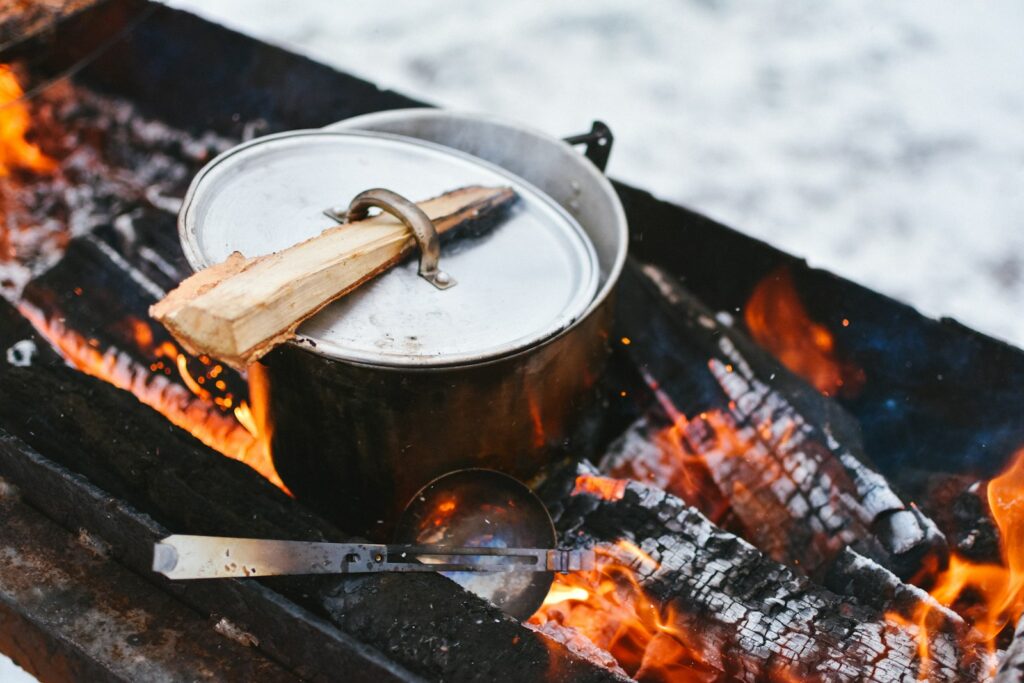
Taking a step further into culinary alchemy, we encounter **grill-braising**. This ingenious method allows you to braise meats and vegetables in a pot placed directly on top of your grill. While effective with various grills, gas or electric models are often the most convenient choices for what’s affectionately known as “barbecue-braising” or “grill-braising.” This technique beautifully marries the intense direct heat of grilling with the slow, moist heat of braising. The process involves placing a covered pot on the grill and allowing its contents to simmer for several hours. The advantages are manifold: first, you gain the ability to brown the meat directly on the grill before it undergoes the braising process, adding depth of flavor and color. Second, after braising, you can return the meat directly over the fire to glaze it with sauce, effectively cooking the meat three times. This results in an incredibly tender product that practically “falls right off the bone.” Grill-braising is slower than traditional direct grilling but faster than pit-smoking, offering a unique pace that starts fast, slows down, and then finishes with a final flourish of heat. And for those seeking even greater efficiency, incorporating a pressure cooker can significantly accelerate the braising time.
For those moments when outdoor grilling isn’t feasible, or for professional kitchens demanding constant high-volume output, **indoor grilling** offers a practical and effective solution. Many restaurants integrate indoor grills into their cooking setups, mimicking the design of outdoor grills with a grid suspended over a heat source. These indoor counterparts predominantly rely on electric or gas-based heating elements for consistent performance. Recognizing the appeal of this convenience, some manufacturers now offer residential indoor grills for home use, either seamlessly integrated into a stove top or as standalone electric devices. These innovations allow home cooks to enjoy grilled flavors regardless of weather or space constraints, bringing the essence of outdoor cooking into the comfort of their kitchens.
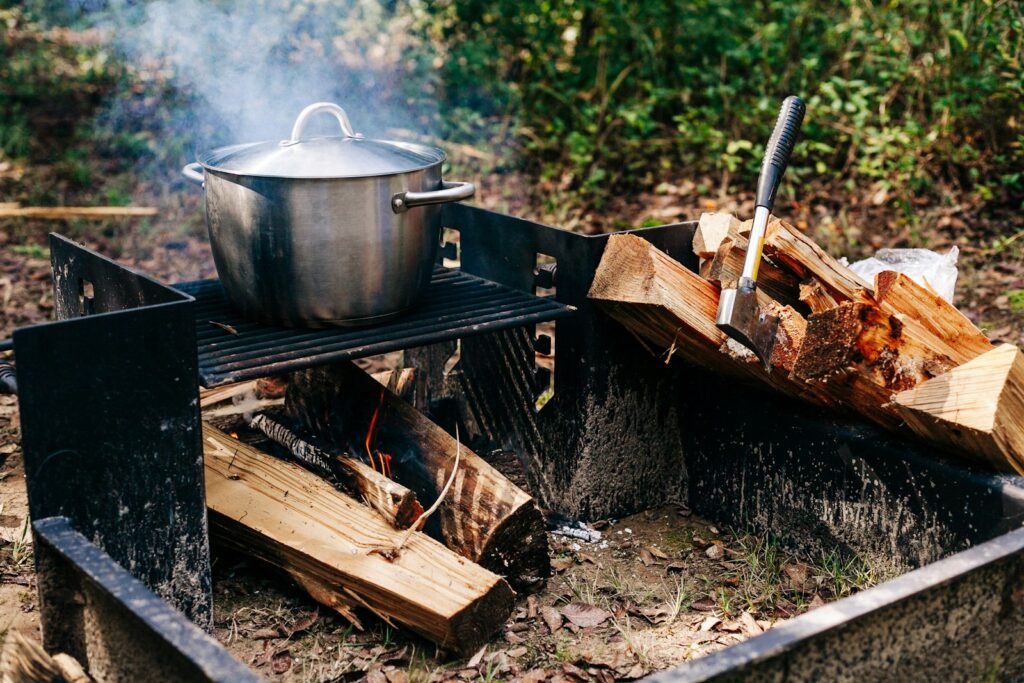
A popular and accessible indoor grilling technique is **stove-top pan grilling**. This method utilizes a specialized grill pan, which, while resembling a frying pan, features raised ridges designed to replicate the function and appearance of an outdoor gridiron. When pan grilling, heat is transferred to the food in two ways: directly from the hot, raised ridges where the food makes contact, and indirectly through the radiant heat emanating from the lower pan surface heated by the stove-top flame. This dual-heat application allows for the creation of those desirable sear marks, even before an item might be finished under overhead radiant heat. For leaner meats, it’s often advisable to apply a touch of oil to the pan ridges to prevent sticking and ensure easy food release. Some griddles even ingeniously combine both raised ridges and a flat cooking area on half of their surface, or feature reversible two-sided designs, offering maximum flexibility for diverse cooking needs.
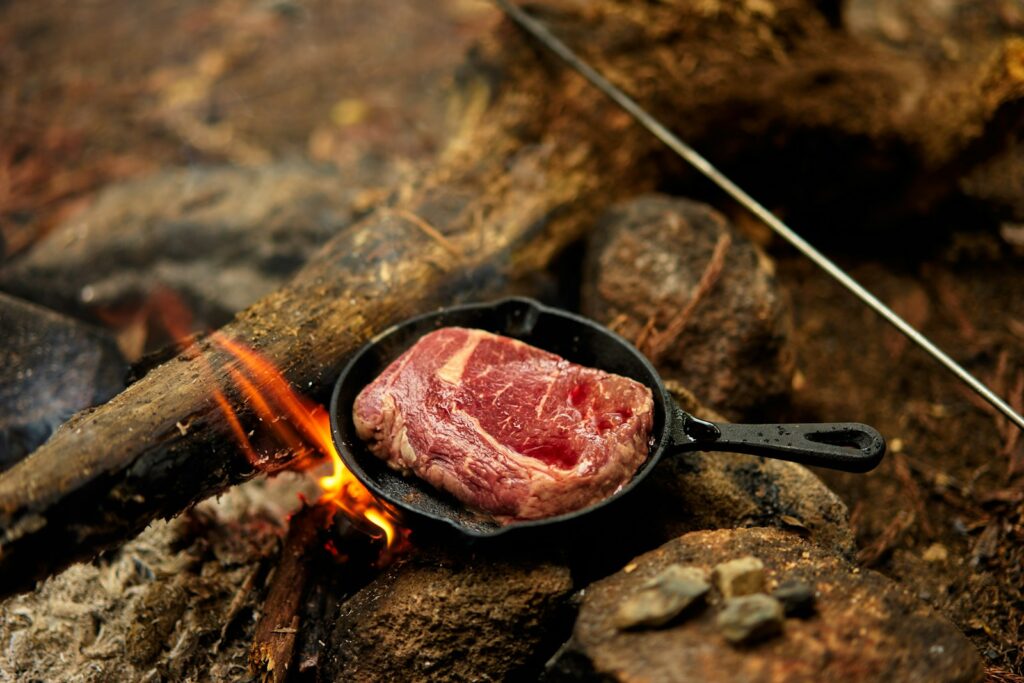
When the goal is an unparalleled crust and intense flavor, **sear grilling** steps to the forefront. This method is all about searing food items over exceptionally high temperatures, often exceeding 480°C (900°F). Whether achieved on a gas grill, charcoal grill, hybrid grill, or a dedicated infrared grill, the principle remains the same: the intense heat directly impacts the food, instantly searing its exterior to lock in juices and develop a profoundly flavorful crust. Unlike conventional grilling, which primarily heats the surrounding air to cook food, sear grilling focuses on direct heat transfer to the food itself, making it a powerful technique for achieving that coveted restaurant-quality finish.
Mastering the grill isn’t about adhering to a single technique, but rather understanding the spectrum of methods available and intelligently applying them to your ingredients. It’s about recognizing that whether you’re searing a perfect steak (like Bobby’s perfectly grilled steak, needing only olive oil, salt, and pepper), charring vegetables to bring out their sweetness, or even creating entire meals like healthy grilled shrimp fajita foil packs, the grill is a versatile, powerful tool. By combining scientific understanding with practical application, you can elevate every meal, transforming simple ingredients into extraordinary culinary experiences that capture the essence of outdoor cooking anytime, anywhere. Your grill, once perhaps a source of intimidation, will become a trusted partner in your culinary adventures, ready to deliver smoky, delicious perfection with every flame.


